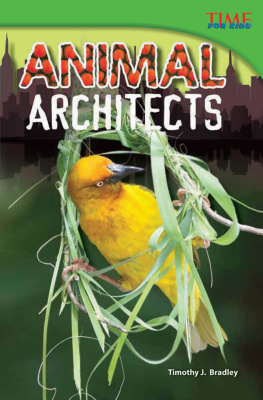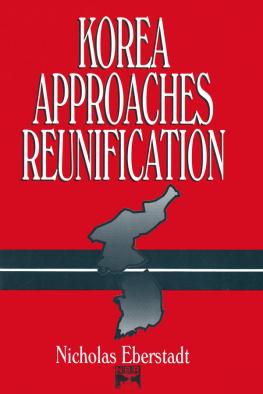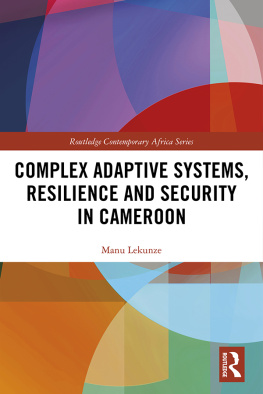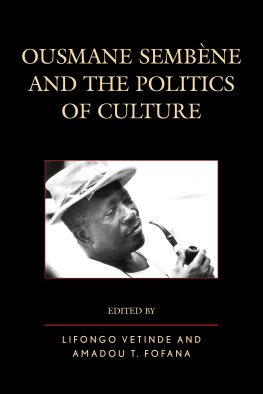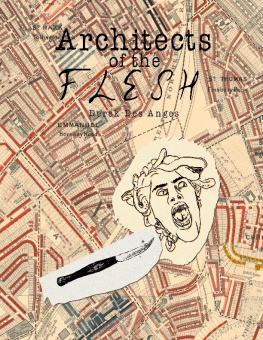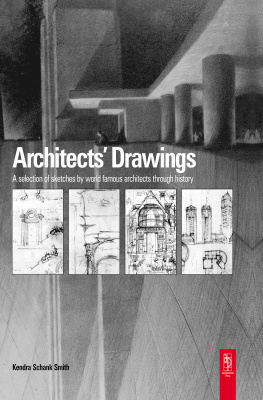Title
Jabiru Muhammadou Amadou
The Architects of Cameroons
Reunification
A Historical Analysis
Foreword by Prof. Michael M. Ndobegang
Copyright
LHarmattan, 2020
5-7, rue de lEcole-Polytechnique, 75005 Paris
http://www.editions-harmattan.fr
EAN Epub : 978-2-336-89847-6
This book is dedicated to eight eminent professors of Cameroon history. They are : Professors V.G. Fanso, V.J. Ngoh, Daniel Abwa, Elango Lovett, Eyezo o Salvador, Ndobegang Michael N., late Bongfen Chem Langh, and late Zacharie Njeuma.
ACKNOWLEDGEMENTS
We are very grateful to all those who, in one way or another, contributed to the realization of this book. Our special thanks and gratitude go especially to the following professors of Cameroon history : Professors V.G. Fanso, V.J. Ngoh, Daniel Abwa, Elango Lovett, Eyezo o Salvador, Efoua Mbozo o S., Hamadou Adama, Koufan Jean M., Temgoua Albert P., Philippe Blaise Essomba, Ndobegang Michael N., Willibroad Dze-Ngwa, E.S.D. Fomin, Ossah Mvondo, Eugene Eloundou, Tanga Onana, Gabriel Ndong Mougnol, late Bongfen Chem Langh, and late Zacharie Njeuma, whose writings and interviews help us in carrying out the study. We also wish to thank the entire staff of the history department and that of the Higher Teacher Training College, University of Yaounde 1, for the valuable criticisms and corrections. No human being is perfect ; as such this work is not perfect. We are open to all criticisms and comments concerning the work.
PREFACE
The Reunification of Cameroon that culminated on October 1 st , 1961, could not have happened without the contribution of those we referred to as the Architects of Cameroons Reunification. It is the contributions of those Cameroonian politicians, called them Elites or actors, to the Reunification of Cameroon that form the basis and the primary focus of this study. Not leaving out the role of the United Nations in that event. Nevertheless, the second part of the study presents the views of some eminent professors of Cameroon history as far as the Reunification saga was concerned. It also gives a comprehensive analysis of the Anglophone crises in Cameroon.
On July 14, 1884, Cameroon was a German protectorate. In 1916, the Germans were driven from the Kamerun and the protectorate was partitioned by the British and French in what they referred to as the Condominium. The British and French spheres of Cameroon became League of Nations Mandated Territories, and later, United Nations Trust Territories. On January 1 st , 1960, the former Cameroun under French Trusteeship became an independent state, the Cameroon Republic. Finally, on October 1 st 1961, the British Southern Cameroons achieved independence by Reunifying with the Republic of Cameroon. That marked the beginning of the effective Reunification of the two Cameroons. Other political events that followed after 1961 had raised a lot of discussion concerning the credibility, respect and consolidation of Reunification by both parties. Whatever the case, we should not undermine the role played by the heroes or Architects of Cameroons Reunification who were : Ahmadou Ahidjo, John Ngu Foncha, Um Nyobe, Solomon Tandeng Muna, EML Endeley, Roland Felix Moumie, Ernest Ouandie, Paul M. Kale, Augustine Gum Jua, Charles Assale, N.N. Mbile, Ndeh Ntumazah, RJK Dibongeh among others.
The study has been divided into two parts. Part one examine the role played by the Architects of Cameroons Reunification and the role of the United Nations in that event. The second part presents the views of some eminent Cameroonian historians in the Reunification of Cameroon and an insight into the Anglophone crisis.
Jabiru Muhammadou Amadou
FOREWORD
The Reunification of Cameroon remains one of the most interesting albeit controversal and divisive questions in the history of modern day in Cameroon. Initially packaged and marketed by its protagonists as a process which brought back together two parts of a former but divided German Kamerun, it has also come to be perceived as a seemingly nice story gone sour. The achievement of Cameroons Reunification in 1961 was seen and appreciated by many as a very promising development in a continent where euro-centered thinking had sought to justify colonial occupation by referring to the Africans inability to live in harmony with his other kith and kin, and therefore requiring the presence of a third party (European colonialists) to inculcate a sense of living together and the development of a sense of nation and nationhood. No doubt the achievement of Reunification was therefore seen as a very illuminating and positively promising experience that pushed back some of the prevailing stereotypes about whom the African is. Recent developments in the history of Cameroon have come to seriously put the beauty of the experiment of the Reunification of Cameroon to the test. With time, the Reunification has come to be perceived as a veiled process of the colonization of one people by another, using strategies cleverly masterminded by two European colonial powers acting in complicity and collusion.
German Kameruns frontiers were carved out within the framework of the scramble for and colonial distribution of Africas land space by and amongst European powers in the nineteenth century. The territory was found along the estuary of the Wouri River and adjacent coastlands and lay piercing into the continents hinterland as far North as Lake Chad. In short, it is well known that German Kamerun had no antecedent as a political or cultural entity before the colonial onslaught. Kamerun was therefore a German colonial creation.
During a relatively short period of their colonial presence, the Germans worked hard to forge a sense of identity amongst the inhabitants of this territory through cultural, administrative, economic and political action and strategies. Although German policies were designed to enhance a colonial implantation and exploitation agenda, the fallout was not negligible. Africans quickly identified their common yoke of suffering and exploited same to develop their nationalism built on anti-colonial sentiments.
Following Germanys defeat in World War One, Kamerun as a territory, was the victim of deliberate and or subtle acts of dismemberment in which some bits and pieces were used to compensate or offset territorial gains and, or loses in the colonial game, whilst other parts were simply swallowed by big belly colonial hungry hunters, notably France and Britain. This dismemberment ended with the decision by the League of Nations to allow France and Britain to administer what was left of the German territory under terms agreed to by the Mandates Commission. Simply put, what was left of German Kamerun was then split between France and Britain, erstwhile European colonial powers who moved out rightly to administer the territory as wholesome parts of their colonial possessions. The British incorporated their share of the booty as part of their colonial possession of Nigeria, whilst the French transformed their own into an integrated part of French Equatorial Africa.
Beginning from the time when the German territory was split and culminating in what is known as the Reunification, many people as individuals and cultural communities undertook several initiatives and actions to keep alive the fact that the German period in Kamerun had left behind an inevitable worth-cherishing feeling of country, embedded in what Kale and others described as the Kameruns idea ( Kale, An African Experiment In Nation Building : The Bilingual Cameroon Republic Since Reunification)





